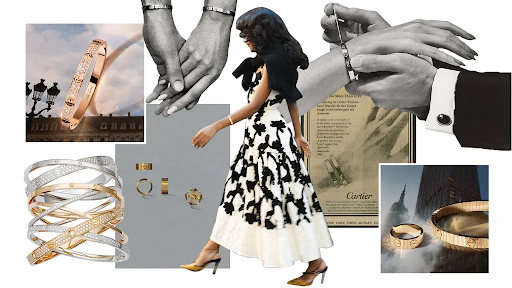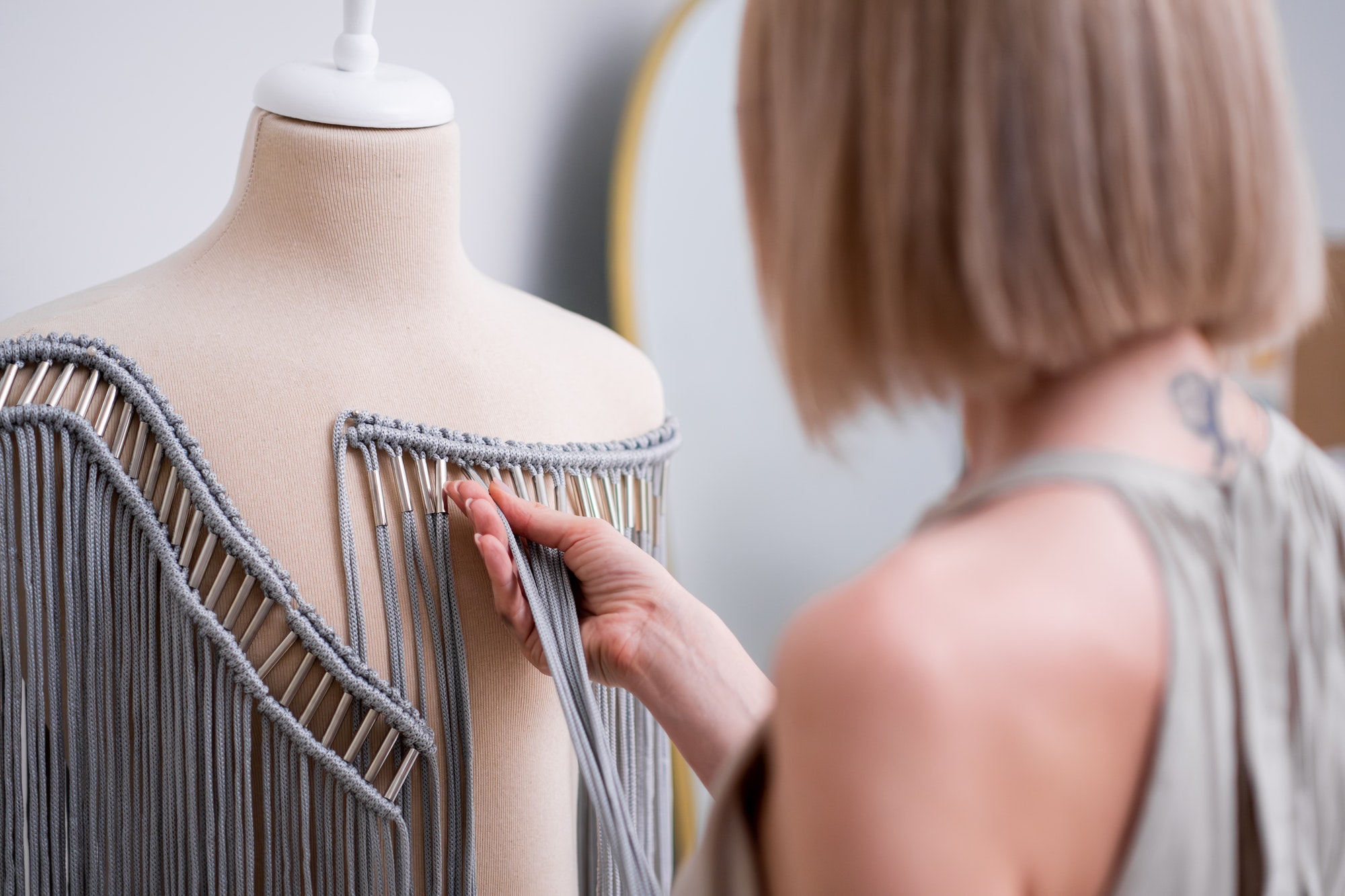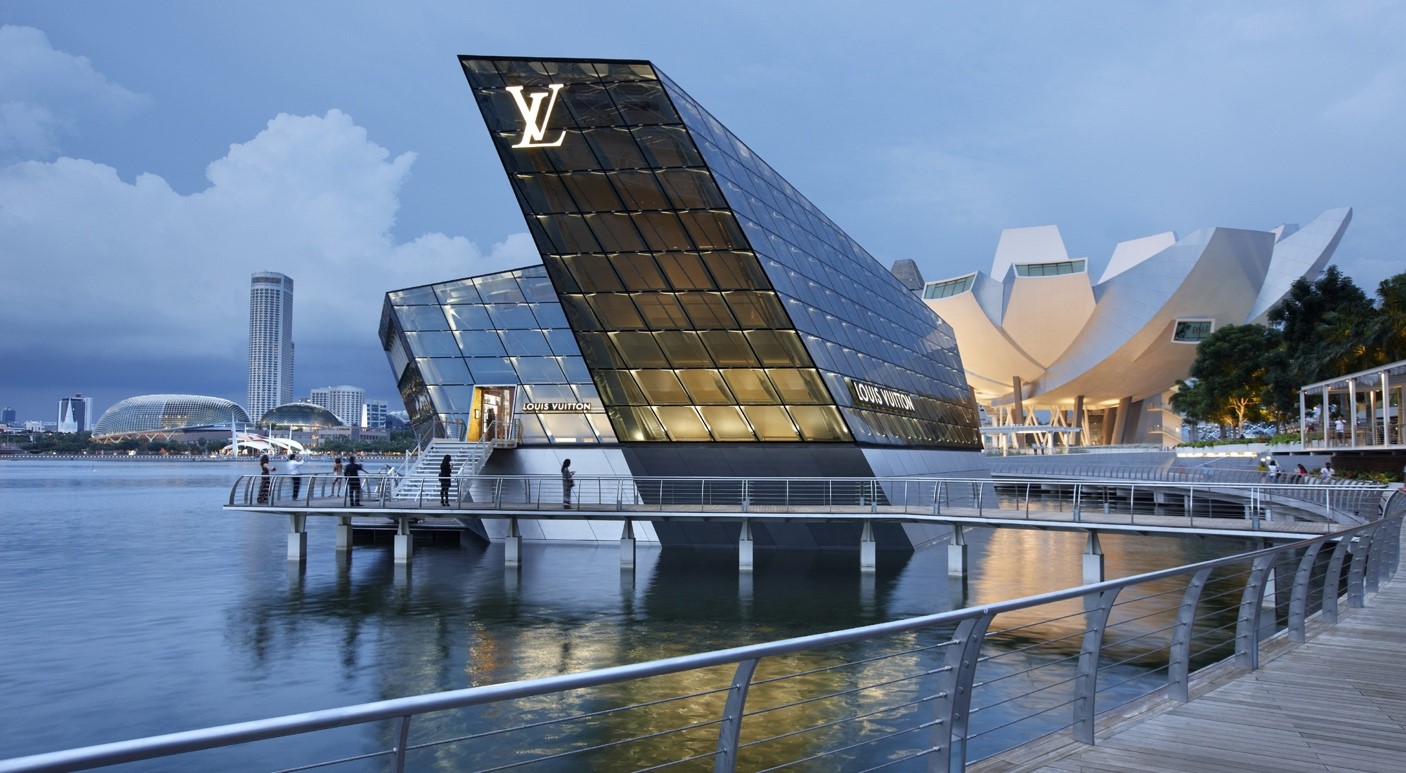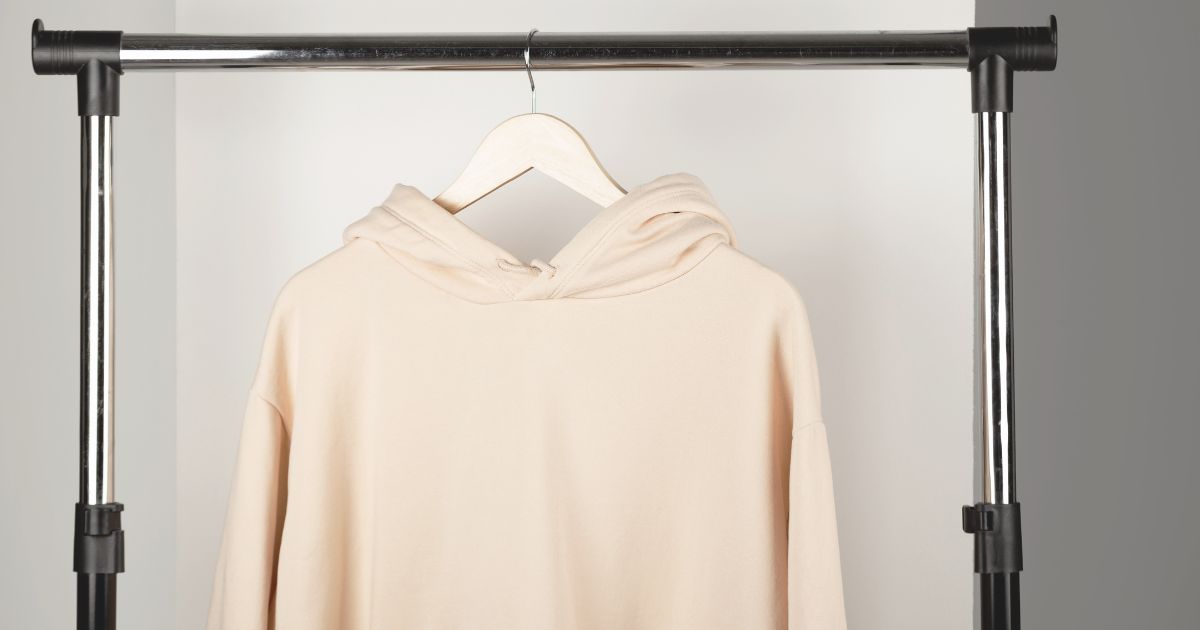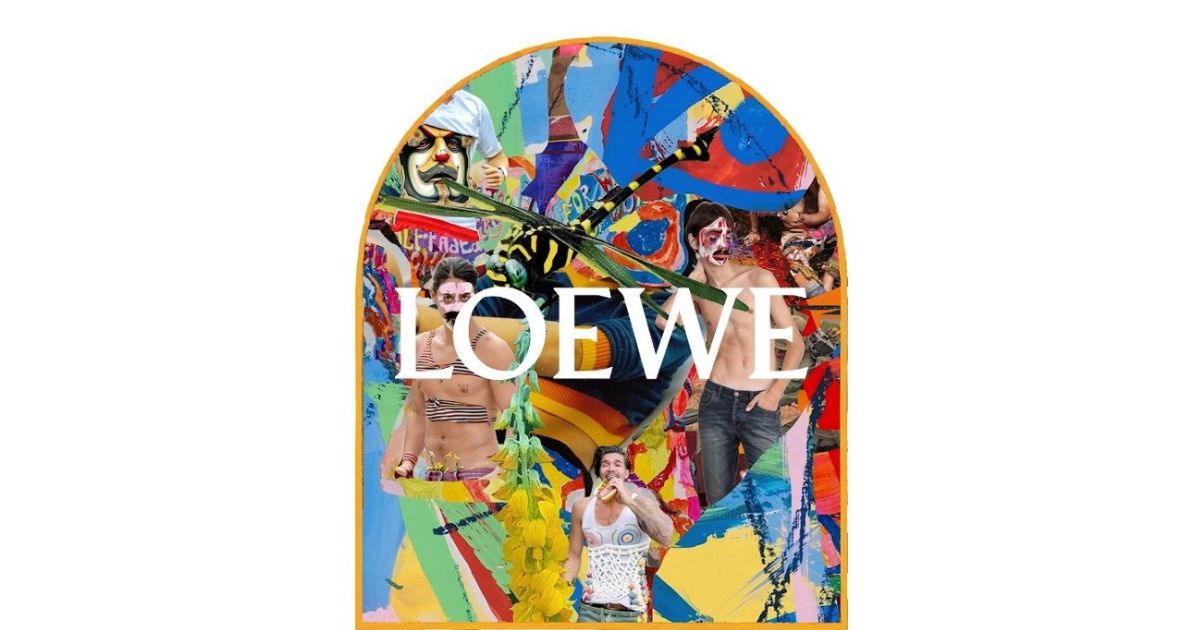The world of fashion in the 20th century has experienced a whirlwind of transformation, influenced by visionary individuals who have revolutionized the industry globally. From redefining silhouettes to challenging societal norms, these fashion icons have reshaped the way people perceive clothing and style. Global fashion icons have laid the groundwork for modern fashion, embellishing the industry with innovative designs, and pushing boundaries. In this era, India had its creed of luminaries who played a significant role in shaping the nation’s fashion landscape. From combining traditional craftsmanship with modern sensibilities, they have elevated Indian fashion on the global stage celebrating the country’s rich cultural heritage through textiles, embroideries, and designs that resonated with local and international audiences. Delve into the captivating fashion world of the 20th Century and discover its fashion trends, visionary designers and societal factors that have cast a spell on the fashion sense seamlessly blending the traditional culture and modern concept. The mavericks[1] that emerged early 20th century were Coco Chanel, Christian Dior, Yves Saint Laurent, Ralph Lauren, and Karl Lagerfeld followed by Gianni Versace and Alexander McQueen, Hubert de Givenchy, and Vivienne Westwood. These icons left an indelible mark on the fashion industry, influencing trends, silhouettes, and attitudes towards clothing and style, shaping the way we perceive and appreciate fashion in the modern era. Their innovative designs, promotion of indigenous crafts, and efforts to blend traditional elements with modern aesthetics have not only influenced the fashion industry but have also gained recognition on the global stage.

Courtesy of Vogue
Chanel epitomized elegance and simplicity by introducing icon designs like the little black dress, which was introduced in 1920, a simple yet versatile and sophisticated garment that became a timeless classic. The Chanel suit that transformed women’s fashion, consisting of a collarless jacket and a knee-length skirt which was a blend of masculine elements with feminine grace. Also advocated for comfort clothing liberating women from corsets and embracing comfort and style simultaneously. One of the most enduring legacies by Coco Chanel is the creation of Chanel No. 5, a groundbreaking perfume launched in 1921. Chanel No.5 revolutionized the fragrance industry by introducing a complex scent that became synonymous with sophistication and luxury and remains an iconic fragrance to this day. Chanel popularized the concept of costume jewellery in the fashion world. She introduced the idea of faux pearls, chains, and bold designs into her collections, elevating costume jewellery to high fashion and making it a staple in women’s accessories. In 1955, Chanel introduced the iconic 2.55 handbag, the quilted leather handbag with a chain strap and the unique double ‘C’ logo became an emblem of luxury and timeless elegance, setting the standard for designer handbags.

Courtesy of Vogue
Christian Dior’s[2] “New Look” unveiled in 1947, revolutionized post-war fashion. Dior’s designs highlighted a romantic and ultra-feminine silhouette with its exaggerated hourglass figure, emphasized women’s curves and brought back a sense of luxury. Dior’s opulent and grand designs revitalized haute couture, re-establishing Paris as the fashion capital and reinstating France’s prominence in the fashion industry. Dior was among the first haute couture fashion houses that introduced a ready-to-wear line popularly known as the “Miss Dior” label. Also introduced Corolla Line in 1945. Beyond clothing, Dior expanded into accessories and iconic fragrances such as “Miss Dior” in 1947 and “Diorissimo” in 1956 which is marked as a significant milestone in the brand’s diversification. Dior’s influence and contribution to fashion went beyond a single collection through his innovative designs, attention to detail, and ability to adapt to changing fashion sensibilities ensuring his lasting legacy.

Courtesy of Vogue
Yves Saint Lauren in 1960 challenged the conventional norms in the fashion industry by introducing androgynous styles and groundbreaking designs. Yves introduced Le Smoking, a tuxedo suit for women in 1996, this iconic and elegant suit symbolized power, confidence, and androgynous style. YSL[3] also played a significant role in popularizing ready-to-wear fashion. YSL introduced the Ballet Russes collection in 1976 which paid homage to the Russian ballet and featured vibrant, richly colored designs. This collection was an extravagant and theatrical piece.
Ralph Lauren was a significant fashion icon in the 20th century. Lauren introduced the Polo Ralph Lauren brand which became an emblematic preppy elegance, embodying a blend of sophistication and casual chic. He created immersive experiences that captured the essence of Americana, from Western inspirations to cinematic references. Lauren’s signature tweed suits highlight timeless elegance and sophistication, these tailored suits remain an enduring symbol of Ralph Lauren’s refined style. Lauren incorporated elements like cowboy boots, fringed jackets, and Navajo prints became iconic symbols of Americana in fashion, and popularized the cable-knit sweater, highlighting his knack for incorporating traditional knitwear into high fashion.
Karl Lagerfeld[4], a larger-than-life figure in the fashion industry, is celebrated for his creative ingenuity, artistic vision, and relentless pursuit of innovation. Lagerfeld’s designs were bold, extravagant, and often flamboyant. He embraced excess and luxury, incorporating bold prints, vibrant colors, and intricate detailing. His tenure at Chanel in the 1980s rejuvenated the iconic fashion house. He reinvented Chanel’s classic codes while infusing modernity into the brand’s collections, solidifying its relevance for generations to come. Lagerfeld served as the Creative Director of Fendi for over five decades. He introduced the use of fur, creating iconic designs like the double-F- F logo, he modernized and reinvigorated the Italian luxury brand. Lagerfeld’s multifaceted talents and his distinctive personal style made him an iconic figure in pop culture. He is recognized for his influential role which extended beyond the fashion industry, shaping cultural perceptions and setting trends that resonate globally.

Courtesy of Vogue
Hubert de Givenchy[5] was a renowned fashion icon known for his elegant and refined designs. He dressed Audrey Hepburn, creating some of her most iconic looks. Givenchy’s minimalist yet sophisticated designs left a lasting impact on haute couture. Vivienne Westwood is a key figure in the punk and new-wave of fashion movement. She challenged the traditional norms with her significant role in shaping British fashion with her edgy and rebellious aesthetic. Vivienne Westwood incorporated elements of historical fashion into Avant-garde designs. Her corsets were modern-themed, and punk-inspired, offering a subversion take on traditional silhouettes. Her Mini-Crini collection which was introduced in the 1980s featured a mini crinoline skirt. In 1981 Westwood displayed her Pirate collection inspired by historical pirate attire with bold and theatrical designs. Her innovative use of fabric prints, notably the squiggle print, and her collaboration with Harris Tweed brought unique textures and patterns to her collections, blending eccentricity with traditional British craftsmanship.
The 20th century has witnessed an evolution in fashion shaped by the vision of iconic individuals who redefined the industry’s landscape. The creation transcended by them spoke of societal shifts, cultural movements and personal empowerment which embraced diversity, breaking norms and redefining elegance. They transformed fashion into an art form, a reflection of individual expression, and a catalyst for change. The legacies of these luminaries continue to inspire and illuminate the path for generations of designers and fashion enthusiasts, ensuring their influence endures far beyond the bounds of the 20th century.
Reference:
[1] Forbes, https://www.forbes.com/sites/sboyd/2016/03/14/10-fashion-icons-and-the-trends-they-made-famous/?sh=29f820b91268 (last visited Dec. 31, 2023).
[2] Time Magazine, https://content.time.com/time/specials/packages/article/0,28804,2110513_2110512_2110737,00.html (last visited Dec. 31, 2023).
[3] British Vogue, https://www.vogue.co.uk/fashion/article/iconic-fashion-moments (last visited Dec. 31, 2023)
[4] British Vogue, https://www.vogue.co.uk/fashion/article/iconic-fashion-moments (last visited Dec. 31, 2023)
[5] Harper’s Bazaar, https://www.harpersbazaar.com/fashion/photography/g7303/fashion-firsts-in-bazaar/ (last visited Dec. 31, 2023).
Author:

Anchit Bharti
She is a third-year Law student at the University of Petroleum and Energy Studies, Dehradun Uttarakhand.



